Biomechanics of Throwing a Baseball
The biomechanics of throwing a baseball involves the use of the body’s muscles and joints in order to generate the necessary power and accuracy to throw a ball. The biomechanics of throwing a baseball can be broken down into three main components: the windup, the delivery, and the follow-through. The windup is the first step in the throwing process and involves the player positioning his body in the proper stance and initiating the forward momentum of his body. The delivery is the second step and involves the player transferring the energy from his legs, core, and arms to generate the power necessary to throw the ball. The follow-through is the final step and involves the player using his arms and core to finish the throwing motion and maintain control of the ball.
The biomechanics of throwing a baseball involve the use of the body’s joints and muscles to generate power and accuracy. The muscles used to throw a baseball include the rotator cuff muscles, the deltoids, the latissimus dorsi, and the abdominals. The rotator cuff muscles are responsible for the rotational motion of the shoulder joint and are essential for generating power. The deltoids are responsible for the forward and backward motion of the shoulder joint and are important for maintaining accuracy. The latissimus dorsi is responsible for the extension of the elbow joint and helps to generate power and accuracy. The abdominals are responsible for the stabilization of the core muscles and are important for maintaining balance and control of the ball.
The use of the correct biomechanics is essential for throwing a baseball with power and accuracy. Proper technique is the key to success, and players must work on their mechanics in order to become better at the game. Proper technique involves the use of the body’s muscles and joints in the correct sequence and with the correct timing. Players must practice their throwing mechanics in order to become more consistent and accurate.
Physics of Throwing a Baseball
The physics of throwing a baseball involves understanding the force of the ball, the angle of the ball, and the motion of the ball. The force of the ball is generated by the player’s muscles and the angle of the ball is determined by the player’s technique. The motion of the ball is affected by the force and the angle of the ball and can be used to predict the trajectory of the ball.
The force of the ball is generated by the use of the player’s muscles. The more force that is generated, the faster and further the ball will travel. The angle of the ball is determined by the player’s technique and can be used to control the direction of the ball. The motion of the ball is affected by the force and the angle of the ball and can be used to predict the trajectory of the ball.
The physics of throwing a baseball can be used to help players understand the mechanics of the game and how to throw the ball with power and accuracy. By understanding the force, angle, and motion of the ball, players are able to understand how to throw the ball with the correct technique and how to generate the necessary power and accuracy.
The Role of Strength and Conditioning
The role of strength and conditioning in throwing a baseball is essential for a player’s success. Strength and conditioning are important for building the muscles needed to generate power and accuracy. The stronger and more conditioned a player is, the more power and accuracy they will be able to generate.
Strength and conditioning involve the use of weight training and plyometric exercises to build the muscles needed for throwing a baseball. Weight training involves the use of resistance training to build strength and size in the muscles. Plyometrics involve the use of explosive movements to build power and speed in the muscles. Both weight training and plyometrics are important for building the strength and conditioning needed for throwing a baseball.
The role of strength and conditioning is also important for injury prevention. By building the muscles and joints needed for throwing a baseball, players are able to reduce the risk of injury and increase their performance. Strength and conditioning are essential for any baseball player who wants to improve their throwing mechanics and become more successful at the game.
The Role of Mental Focus
The role of mental focus in throwing a baseball is often overlooked but is essential for a player’s success. Mental focus involves the use of visualization and concentration in order to develop a player’s technique and accuracy. Visualization involves the use of imagery to focus on the desired outcome of the throw. Concentration involves the use of focus and discipline to maintain the desired outcome.
Mental focus is important for a player’s success because it allows them to focus on the technique and accuracy of their throws. By focusing on the correct technique and accuracy, players are able to throw with more power and accuracy. Mental focus also helps players stay focused and motivated to practice and improve their technique.
Drills and Exercises to Improve Throwing Mechanics
Drills and exercises are an important part of any baseball player’s training routine. Drills and exercises can help a player improve their throwing mechanics and become more successful at the game. There are many drills and exercises that can be used to improve a player’s throwing mechanics such as throwing drills, catching drills, and plyometric drills.
Throwing drills involve the use of a target, such as a wall or a net, and the use of a ball. The goal of throwing drills is to practice the correct technique and accuracy of the throw. Catching drills involve the use of a target, such as a wall or a net, and the use of a ball. The goal of catching drills is to practice the correct technique and accuracy of the catch. Plyometric drills involve explosive movements and the use of bodyweight exercises to build power and speed in the muscles. The goal of plyometric drills is to build the strength and conditioning needed for throwing a baseball.
Drills and exercises are important for any baseball player who wants to improve their throwing mechanics and become more successful at the game. By practicing the correct technique and accuracy, players are able to hone their skills and become more consistent and accurate with their throws.
Technology for Improving Throwing Mechanics
Technology has become an integral part of baseball players’ training routines. Technology can be used to help players improve their throwing mechanics and become more successful at the game. Technology such as video analysis, motion tracking systems, and wearable devices can be used to help players understand their technique and accuracy and make the necessary adjustments.
Video analysis involves the use of cameras and software to analyze a player’s technique and accuracy. Motion tracking systems involve the use of sensors and software to track a player’s movements and analyze their technique and accuracy. Wearable devices involve the use of sensors and software to track a player’s performance and provide feedback on their technique and accuracy.
Technology is an important tool for any baseball player who wants to improve their throwing mechanics and become more successful at the game. By using technology, players are able to understand their technique and accuracy and make the necessary adjustments in order to become more consistent and accurate with their throws.
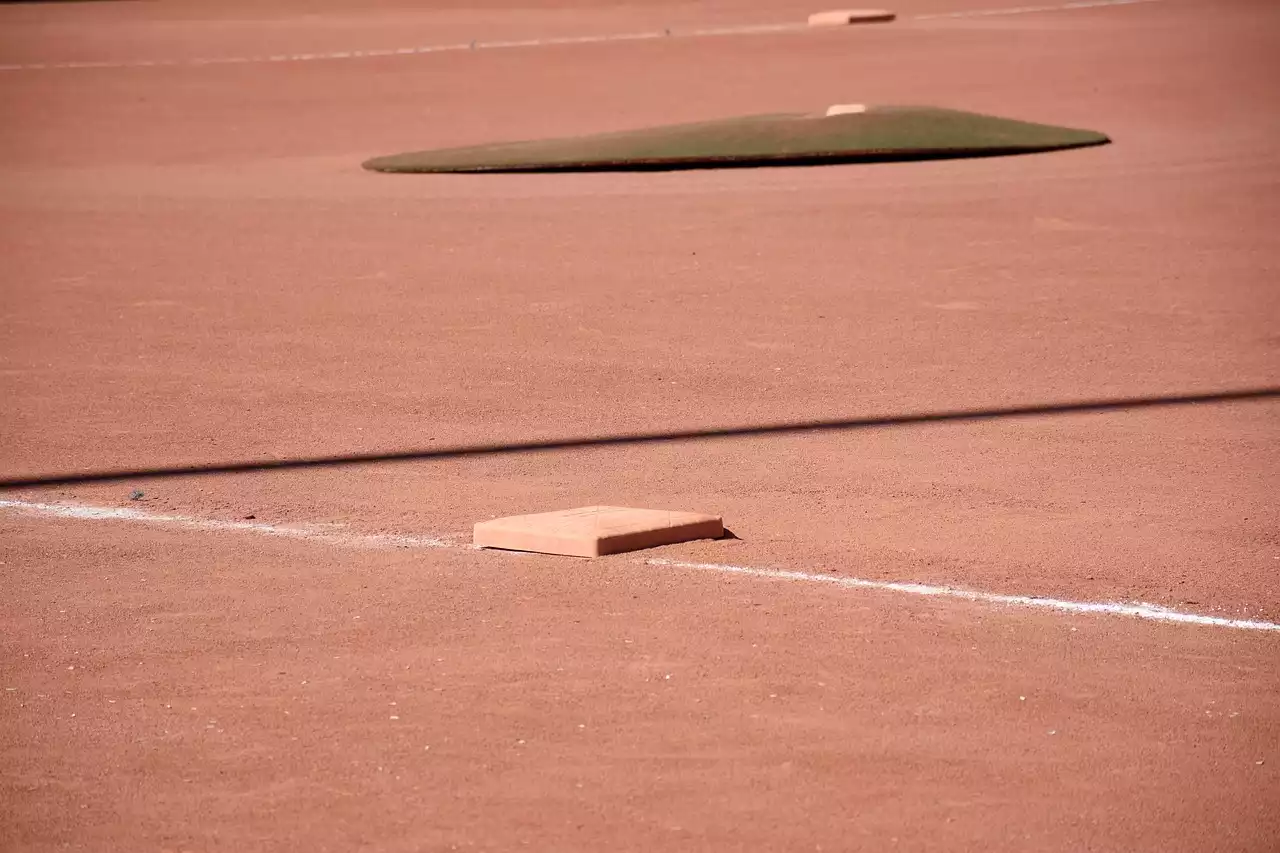
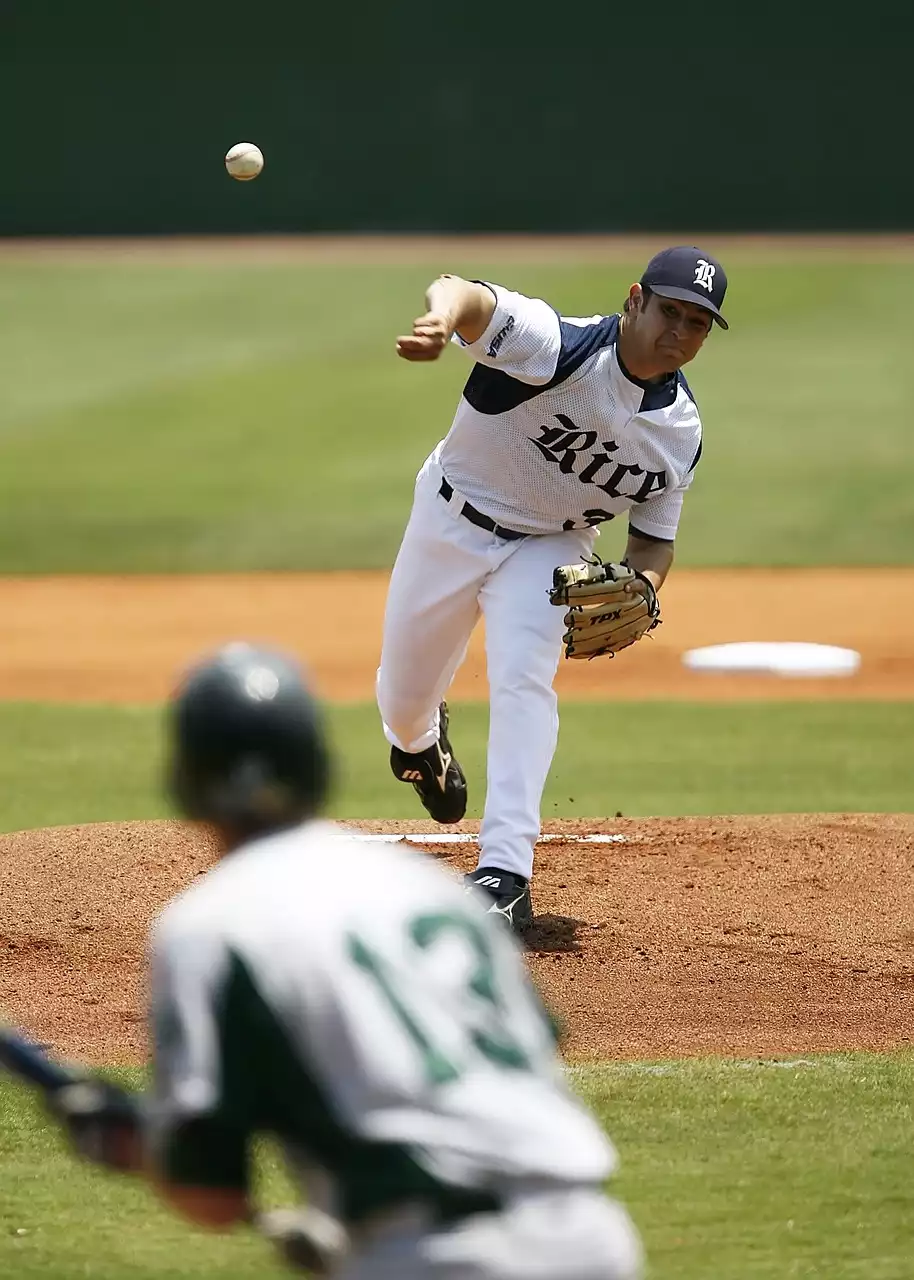
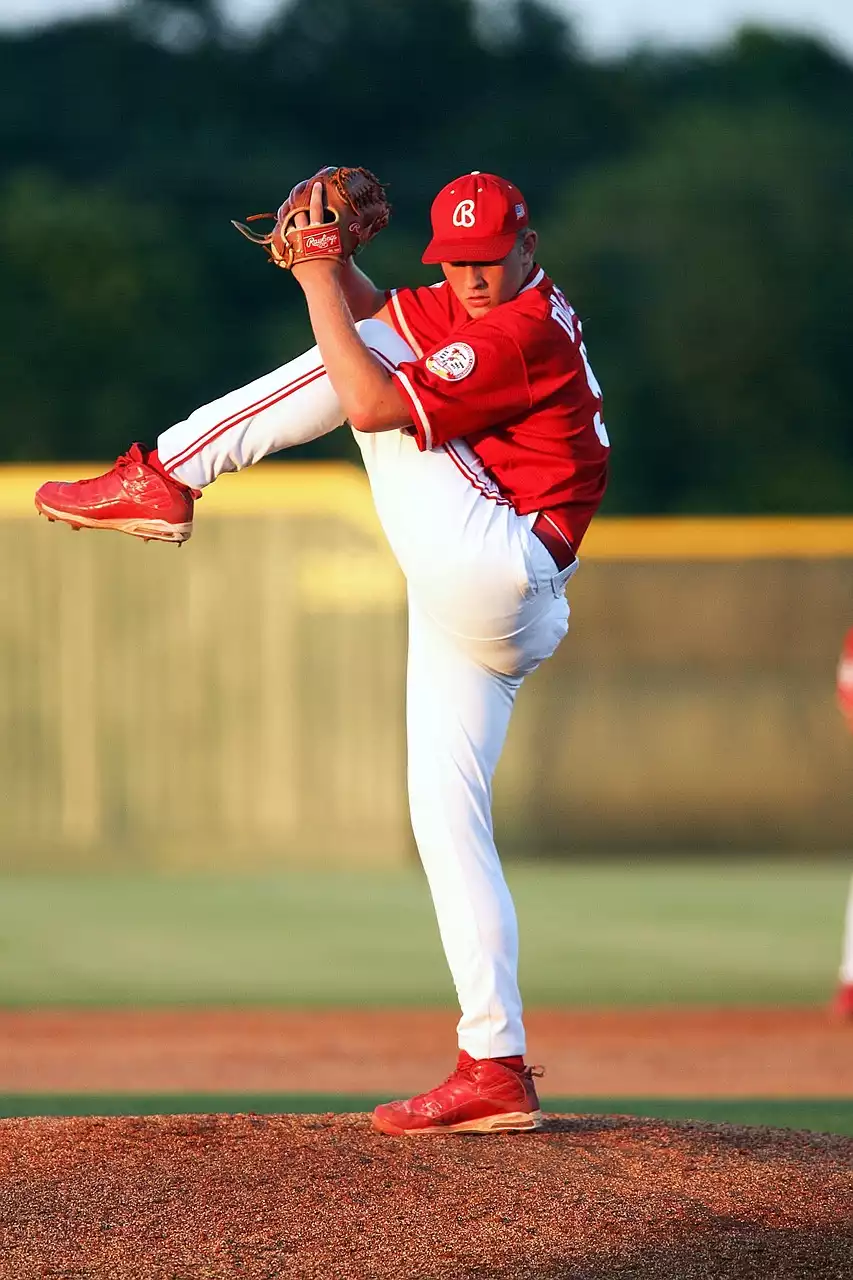
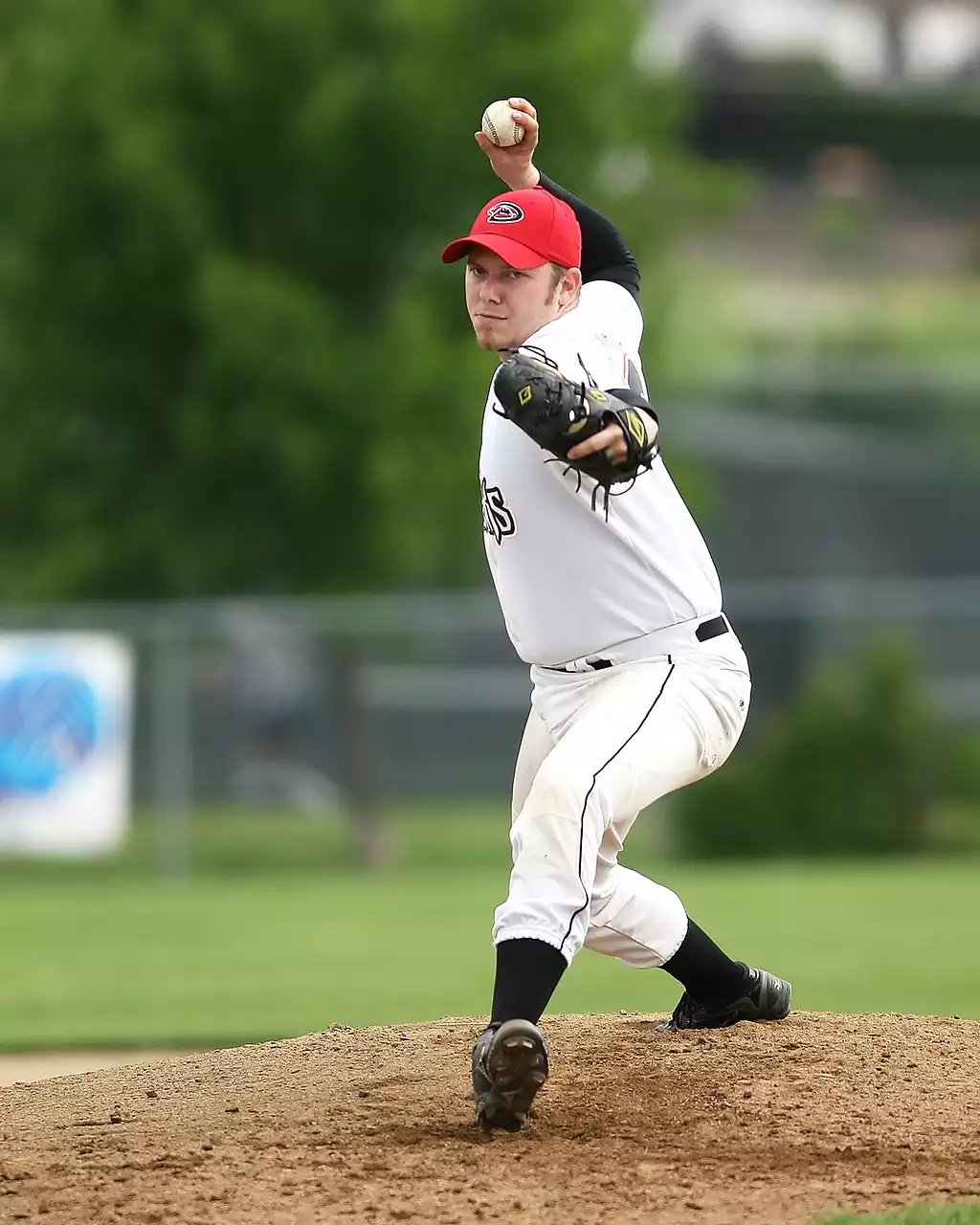
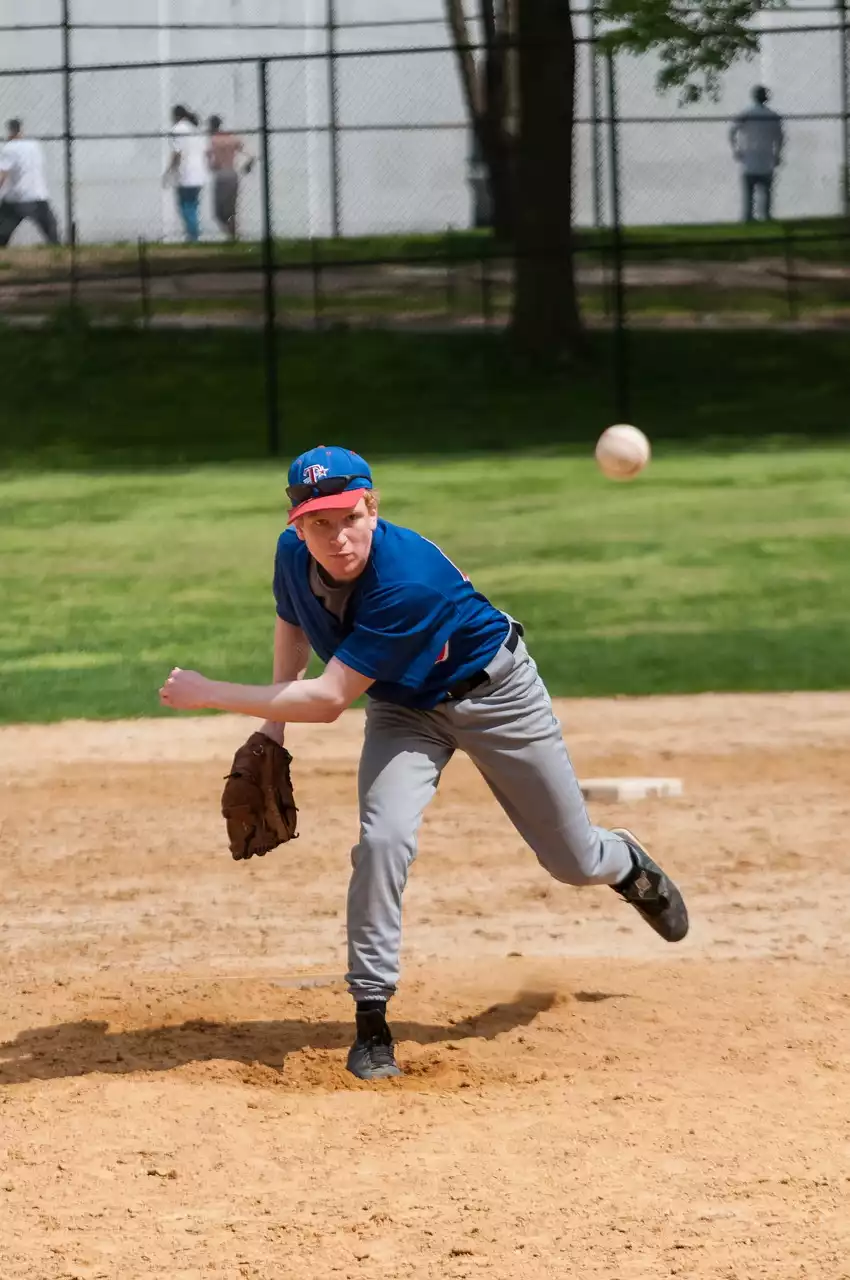





.png?size=50)